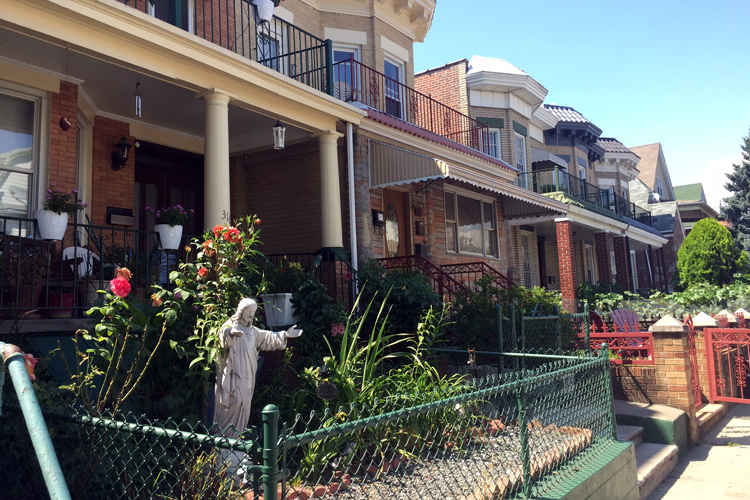Kensington
We Build Trust
Zavza Seal is an experienced general contracting firm with a passion for delivering excellence. Serving Long Island communities including Suffolk, Nassau, Brooklyn, and Queens. We are a one-stop shop construction company that specializes in waterproofing, and insulation along with foundation waterproofing services.
Our Expertise Includes:
Waterproofing Services
- Basement waterproofing
- Concrete crack repair
- Paving and sealing driveways and garages
- Waterproofing Parking Structures
- Concrete Commercial Roofs
- French Drains
Insulation Services
- Batt Insulation
- Rolled or Reflective Insulation
- Blown In Insulation
- Spray Foam Insulation
If you are considering any type of solution for foundation waterproofing or insulation services, we are here to help and can provide valuable, time-saving advice.
Get to know Kensington
Diversity and hangout places
As an area known for its diversity, Kensington residents are proud to be part of a community comprised of such a wide variety of ethnicities. The neighborhoods around here are typically very friendly, and it’s not uncommon to see people sitting on their front porch having a coffee or greeting neighbors on their morning walks.
The diverse people of Kensington are a big part of what makes this neighborhood special. You’ll find people from all over the world—many residents speak multiple languages, and the schools in Kensington reflect that diversity.
Westfield Mall is only a few miles down the road and features plenty of shopping options, including multiple grocery stores (like Trader Joe’s) and other neighborhood amenities. If you want to take your kids out for a day trip, there are plenty of fantastic places within reach—the Bronx Zoo is only about 20 minutes away, while Prospect Park is only 10 minutes from your front door.
For more info about the protecting the integrity of your home, in Kensington, contact Zavza Seal.
Nearby Neighborhoods:
Kensington History & Culture
After irregular spates of development (encompassing the original Kensington-in-Flatbush development in the vicinity of Church Avenue; detached suburban villas in the vicinity of Ocean Parkway that attracted wealthier residents from more urbanized areas, including Brooklyn Heights, Bedford-Stuyvesant and Bushwick; hybrid commercial/walk-up apartment structures on commercial thoroughfares; and a variety of limestone- and brick-fronted townhouse rows), mass homebuilding began in earnest in the 1920s, attracting many European and Middle Eastern immigrants to the neighborhood. Earlier structures often coexist with relatively modest single- and multi-family frame and brick homes (usually detached or semi-detached and featuring yards and garages) from this period.
Apartment houses (ranging from four-story walk-ups to more exclusive six-story elevator buildings) became increasingly prevalent on upper Ocean Parkway and in its periphery as the IND Brooklyn Line was constructed in the early 1930s, replacing many of the suburban villas. Following World War II, the development of the Prospect Expressway ensured that luxury buildings (by now often exceeding six stories due to building code revisions and zoning changes, as exemplified by the Marlene J. and the Americana Towers continued to be developed on Ocean Parkway and in its immediate vicinity until the mid-1960s. Since the 1990s, there has been a notable resurgence in various forms of residential development, running the gamut from new apartment houses on Ocean Parkway to smaller structures on side streets.
Throughout much of the 20th century, Kensington was seldom distinguished as a distinct neighborhood, with many residents and demographers identifying the area as the western section of Flatbush. While the Kensington moniker continued to be employed by branches of certain governmental institutions (including the Post Office Department and the Brooklyn Public Library), it was also used by demographers to differentiate the largely working class, ethnically heterogeneous tracts west of Ocean Parkway (then an upper middle class, predominantly Jewish American enclave roughly situated between the well-heeled residential thoroughfares of the Upper West Side and the more steadfastly middle class Grand Concourse in socioeconomic standing among New York City’s Jewish American community at its late 1940s social apogee) from the historically affluent, Old Stock and Jewish American-dominated tracts east of Coney Island Avenue.

